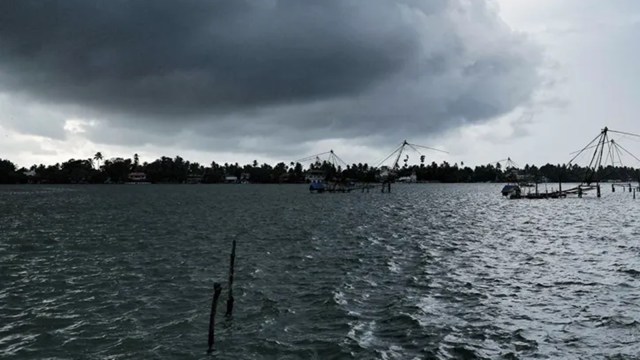In the vast expanse of the Indian Ocean, three significant underwater structures have been identified and named: Ashoka, Chandragupt, and Kalpataru. These names are derived from influential figures and concepts in Indian history and culture, reflecting the rich heritage of the region.
Ashoka: The Emperor’s Legacy
The Ashoka structure is named after Emperor Ashoka, one of India’s most renowned and powerful rulers of the Maurya Dynasty. His reign from 268 to 232 BCE is notable for the widespread propagation of Buddhism following his own conversion after the Battle of Kalinga. Ashoka’s edicts and his commitment to the welfare of his subjects are well documented. The naming of this structure pays homage to his profound influence on Indian history and his efforts towards the establishment of peace and welfare.
Chandragupt: The Strategist
Chandragupt, another underwater structure, takes its name from Chandragupta Maurya, the founder of the Maurya Dynasty and a pivotal figure in Indian history. He is celebrated for his strategic acumen and for establishing one of the largest empires on the Indian subcontinent by defeating the Nanda Dynasty and repelling the Greek invasions. Chandragupt’s legacy is marked by his political and military strategies, which set the foundation for one of India’s greatest dynasties.
Kalpataru: The Wishing Tree
The Kalpataru structure is named after a mythical tree in Indian culture known as the “Tree of Life” or “Wishing Tree.” In Hindu mythology, Kalpataru is a divine tree that fulfills the wishes of anyone who stands beneath it. This symbolizes abundance, prosperity, and the granting of desires. The naming of this structure reflects the cultural significance and the deep-seated myths and legends that are integral to Indian ethos.
Conclusion
The names Ashoka, Chandragupt, and Kalpataru for these Indian Ocean structures not only highlight India’s historical and cultural significance but also serve as a reminder of the enduring legacies of these figures and concepts. These underwater landmarks are not just geographical entities but symbols of India’s rich and diverse heritage.
Multiple-Choice Questions (MCQs):
- What is the Ashoka structure named after?
A. A mythical tree
B. A famous Indian emperor
C. An ancient dynasty
D. A strategic location
Answer: B. A famous Indian emperor - Who was Chandragupt?
A. The founder of the Maurya Dynasty
B. A mythical wishing tree
C. An ancient Indian philosopher
D. A renowned poet
Answer: A. The founder of the Maurya Dynasty - What does the Kalpataru structure symbolize?
A. Military strategy
B. Peace and welfare
C. Abundance and prosperity
D. Religious conversion
Answer: C. Abundance and prosperity - Which dynasty did Chandragupta Maurya establish?
A. Gupta Dynasty
B. Nanda Dynasty
C. Maurya Dynasty
D. Mughal Dynasty
Answer: C. Maurya Dynasty - What event led to Emperor Ashoka’s conversion to Buddhism?
A. Battle of Kalinga
B. Founding of the Maurya Empire
C. Greek invasions
D. Defeat of the Nanda Dynasty
Answer: A. Battle of Kalinga
